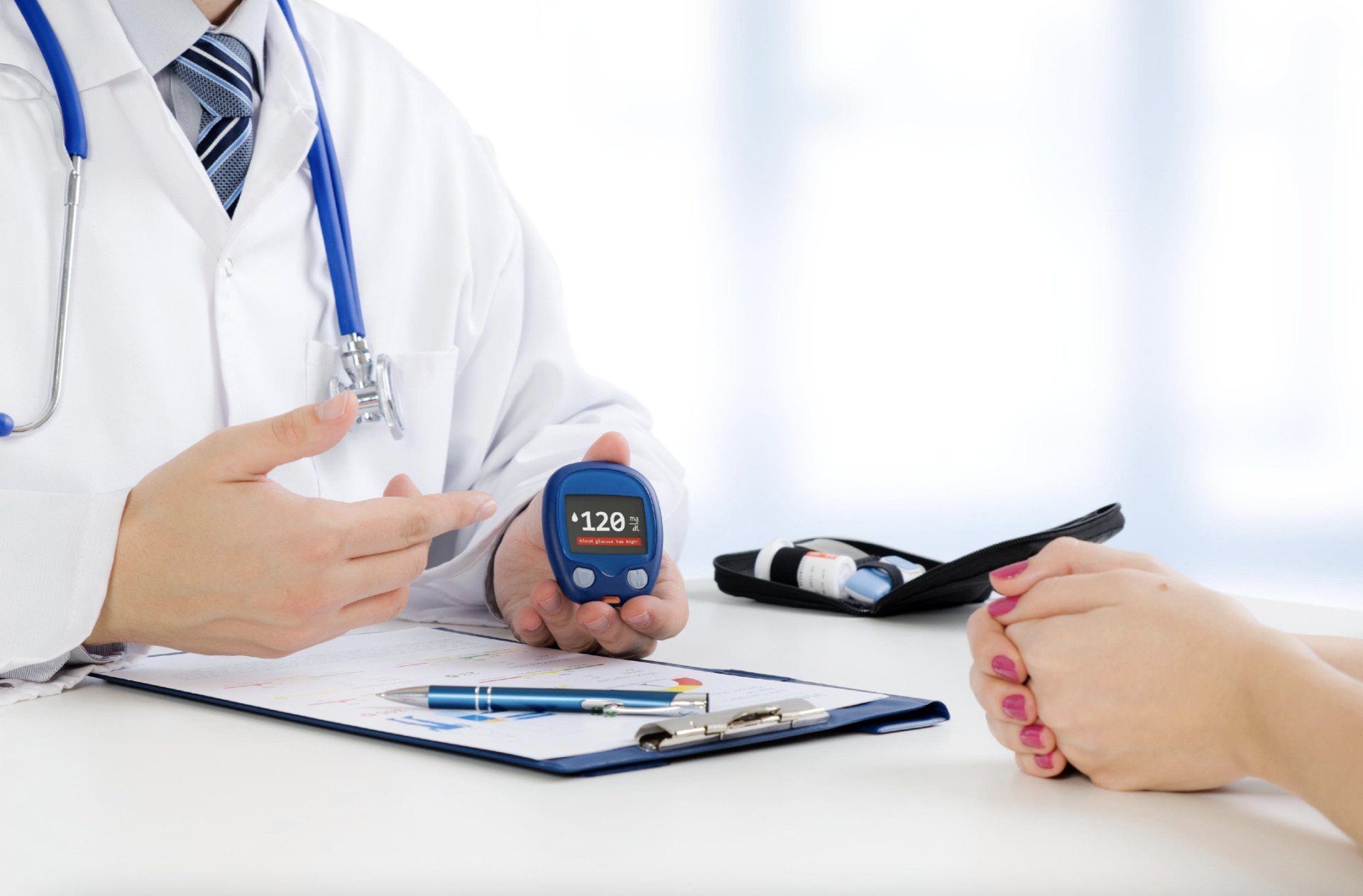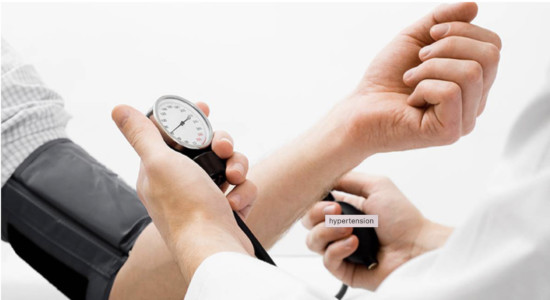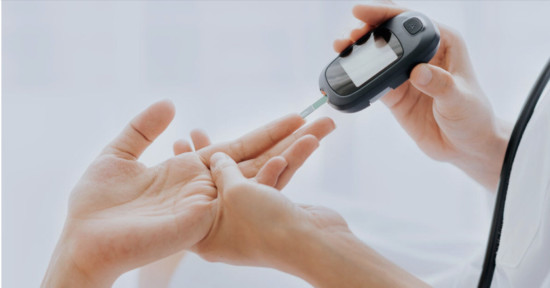Calls for Ukraine
Calls for Europe
Calls for USA

 Endothelial dysfunction is an imbalance between biologically active substances produced by cells lining the inner surface of blood vessels. This information is little-known, but very interesting and important for understanding many physiological and pathological processes – vessels are not just organs through which blood, oxygen and nutrients can be mechanically transported, in fact, vessels take an active part in metabolism and regulation of basic body functions. The inner surface of the vessel consists of a thin layer of special tissue called the “endothelium”, the endothelium produces a large number of various biologically active substances that have a very different effect on both the vessel itself and the entire body.
Endothelial dysfunction is an imbalance between biologically active substances produced by cells lining the inner surface of blood vessels. This information is little-known, but very interesting and important for understanding many physiological and pathological processes – vessels are not just organs through which blood, oxygen and nutrients can be mechanically transported, in fact, vessels take an active part in metabolism and regulation of basic body functions. The inner surface of the vessel consists of a thin layer of special tissue called the “endothelium”, the endothelium produces a large number of various biologically active substances that have a very different effect on both the vessel itself and the entire body.
Among them there are such as vasodilating (dilating vessels), angioprotective (protecting the integrity of blood vessels), antiproliferative factors (factors that promote endothelial growth) and vasoconstrictive (causing vasoconstriction), prothrombotic (causing blood clots and stopping bleeding), proliferative (promoting vascular growth) and others. There is a complex system of dependence and interaction between these factors. Lifestyle factors and chronic diseases (obesity, diabetes mellitus, rheumatic and chronic infectious diseases) cause an imbalance of factors secreted by blood vessels. This, in turn, leads to improper operation of
organs and organ systems that depend on one or more biologically active substances, the release of which is disrupted. Thus, there is a so-called “vicious circle” when hypertension or diabetes mellitus cause an imbalance of precisely those hormones or cytokines that lead to an even greater deterioration in this disease.
Thus, the factors secreted by the vascular endothelium are responsible for the following processes:
All diseases can cause endothelial dysfunction to one degree or another, but there are pathologies that contribute to it to the greatest extent. Such diseases primarily include:

In medicine, there is no such thing as symptoms of endothelial dysfunction. The symptoms of this pathology correspond to the symptoms of those diseases to which endothelial dysfunction leads. As a rule, these are arterial hypertension, diabetes mellitus and coronary heart disease.
In order to diagnose endothelial dysfunction, it is necessary to undergo a rather specific laboratory diagnosis. Among the factors of necessary laboratory diagnostics there are such as:
In addition to these tests, tests are also needed that confirm the presence of the underlying disease. It is possible to figure out which of these tests are necessary only with the help of a doctor.
At the moment, endothelial dysfunction is not considered an independent disease, but only a condition that does not require treatment. The treatment of endothelial dysfunction coincides with the treatment of the diseases that it causes. Accordingly, the main drugs that are used to treat this condition are divided into the following main groups:
In addition, such drugs as venotonics are used (reduce the permeability of the venous wall, increase the elasticity of veins), peripheral vasodilators (dilate small vessels and improve microcirculation) and antioxidants (reduce the amount of free radicals and protect vascular endothelial cells from damage and death).
Since standard methods of treatment are aimed at correcting the condition and do not lead to the treatment of endothelial dysfunction proper, there is a constant search for new, more effective methods of treatment. Such methods of treatment include cell therapy. Stem cells are constantly present in the human body from birth to the very end of life, but the number of these cells decreases significantly with age. They are able to differentiate into any cells of the human body. Damaged and malfunctioning cells secrete not such biologically active substances as healthy cells, stem cells have receptors that recognize such signals, and if necessary, they differentiate into cells of the desired type. This property fully applies to endotheliocytes. Thus, in order for stem cells to provide a sufficient number of endothelial cells synthesizing hormones and cytokines in the correct ratio, it is only necessary that there be a sufficient number of pluripotent (polypotent) cells in the lumen of the vessel – cells that
are able to differentiate into cells of any tissues and organs. That is why diseases such as hypertension or type 2 diabetes mellitus are not typical for young people, and they are very common among older people.
Currently, new techniques have appeared that allow increasing the number of such cells in the patient’s body. In order to do this, it is necessary to isolate stem cells from his body from tissues where their number is relatively high (most often it is adipose tissue) and act on them with special factors that initiate an increase in the number of stem cells, and then inject more intravenously back into the body. For such procedures, the patient’s own cells are always used, which ensures the absence of side effects and high efficiency.
It can be said that after undergoing cell therapy, the patient`s vessels begin to correspond to a younger age and therefore function more correctly and efficiently.
Which clinics treat endothelial dysfunction MedTour, as a company that has extensive experience in working with patients with various age and functional changes, can report on the repeated successful experience of our patients
with endothelial dysfunction in such clinics as:
Patients have access to online consultations with well-known specialists in stem cell therapy of various nosologies, with Dr. Kovalchuk A.O. and Dr. Badyin I.Yu.
1. What is the price of stem cell treatment?
It depends on the complexity of the situation, the required number of courses and the country in which the clinic is located.
2. After what time does the effect of stem cell treatment occur?
It also depends on the clinical situation and the patient’s condition, but as a rule, a noticeable clinical effect occurs after 1.5 – 2 months.
3. How many courses are required for stem cell treatment?
The average number of courses is 3-4 courses, but it may take less or more.
Please rate the work of MedTour
